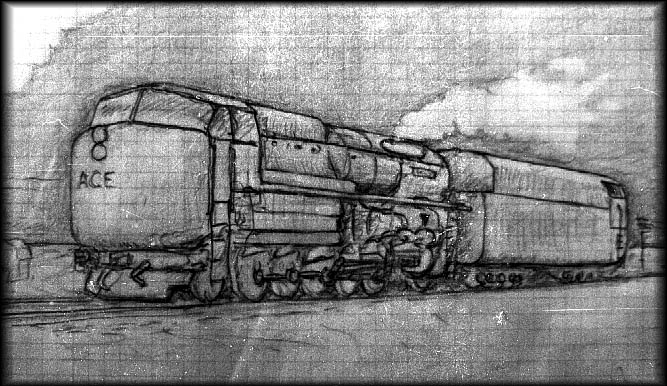Scroll down a bit on the page this link leads to to see one of the strangest steam locomotives I have ever seen.
http://www.aqpl43.dsl.pipex.co...amotor/steamotor.htm
If you are intrigued, then check this out. According to the website, ..."after the war,it was shipped to the USA in October 1945. It was sent to Fort Monroe in Virginia for testing and inspection, and in 1950 was moved to Fort Eustis and scrapped there in 1952." Does anyone know if this concept was tested and put through it's paces in Virginia for evaluation once it was shipped here? Any more info?

Someone seems to be still experimenting with this on a small scale.






